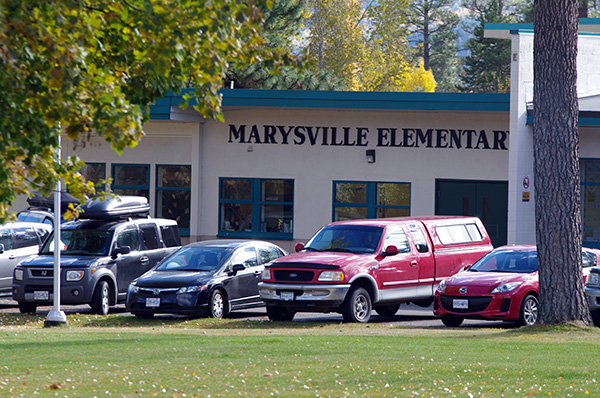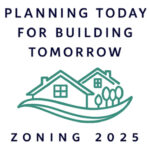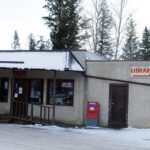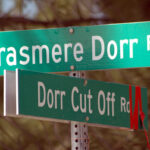Home »

Active transportation grants for local communities
Seventy-four local and First-Nations-led projects, including three in the East Kootenay, to help plan and build safe, inclusive active transportation connections are moving forward in communities around the province.
Projects approved to receive funding through the Active Transportation Infrastructure Grants program include multi-use pathways, protected bike lanes, pedestrian bridges and regional connections, as well as lighting, sidewalks and other safety improvements. For this intake period, $20 million in funding was budgeted, an increase of $8 million from the 2021-2022 funding cycle.
“We know that people make healthier, greener transportation choices when the options are there,” said Rob Fleming, Minister of Transportation and Infrastructure. “We’re investing in new and improved infrastructure that will give families more options and will benefit generations of British Columbians.”
“Our government is committed to building livable communities and improving quality of life for people everywhere in this province,” said Dan Coulter, Minister of State for Infrastructure and Transit. “These projects connect people and promote greater participation in society for people of all ages and abilities.”
Through the program, the province partners with local, regional and Indigenous governments to make cost-sharing investments to a maximum of $500,000. Indigenous governments and partnerships between local governments and Indigenous governments are eligible for 80% of a project’s cost. For local governments, the province will invest between 50% and 70% of a project’s cost based on the population size.
Three local projects are receiving funds, including Kimberley’s Active Transportation Infrastructure Project at 306 Street/Marysville Elementary, with a paved sidewalk that will improve safety for students attending Marysville Elementary School.
Radium Hot Springs North-South Active Transportation Corridor is getting funds for a multi-use path that will connect North Radium Hot Springs to the Old Coach Trail that leads to Invermere.
And the Invermere Athalmer Trails (Area H) is getting funding for a new multi-use path along Fourth Avenue from Borden Street to Laurier Street as part of the Shuswap Band-District of Invermere Joint Active Transportation Network Plan.
“Our government is committed to investing in active transportation projects because we know that they have positive effects on our communities,” said George Heyman, Minister of Environment and Climate Change Strategy. “These projects and infrastructure promote health and wellness, reduce greenhouse gas pollution and improve livability for people and our neighbourhoods. Together with our municipal and Indigenous partners, we are taking meaningful action toward our climate commitments and will continue to look for opportunities to partner in active transportation projects to help build better communities.”
To further support Indigenous communities and their partnerships with local governments, the program is beginning a rolling intake for Indigenous projects so that communities may apply at any time.
The Active Transportation Infrastructure Grants program supports the Province’s CleanBC commitment to increase shares of trips by walking, cycling and transit by 30% by 2030.
e-KNOW file photo
e-KNOW







